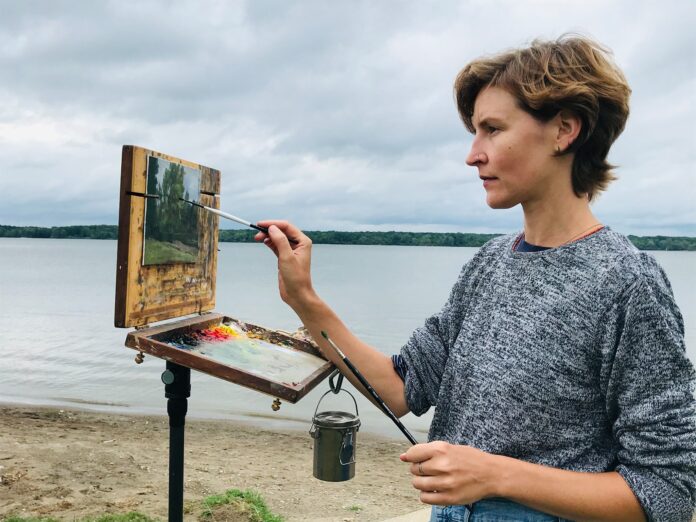
Drawing on her background as both a dancer and a graduate of an exacting atelier, this Ohio artist embraces the immediacy of plein air painting along with the rewards of working more slowly and in a considered manner.
A Matter of Time and Discipline: A Profile on Mary Jane Ward
We see it in others’ work and perhaps in our own: discipline allows freedom and poeticism in the creation of a painting. It’s true even if it seems counterintuitive. Loose brushwork, when used intentionally by an artist who has training and experience, communicates spirit and expressiveness. Without training, it communicates more bravado than competence.
It’s important to note, too, that loose brushwork doesn’t necessarily signal fast painting. Sargent was known to apply a fresh stroke in a fashion that suggests a casual swipe of the paintbrush several times over, wiping off each attempt until the brushstroke, which had been plotted carefully but applied with flair, was exactly right. He proved that carefully considered paintings need not look overworked and unduly studied.
When Mary Jane Ward paints outdoors, she brings with her a lifetime of discipline. The oil painter and draftsman grew up drawing, but her first serious area of study was dance.
“The practice of the art forms is very similar,” she says. “Both painting and dance are about having a drive or work ethic that keeps you coming back, and keeps you eager to do more and push your technique.”
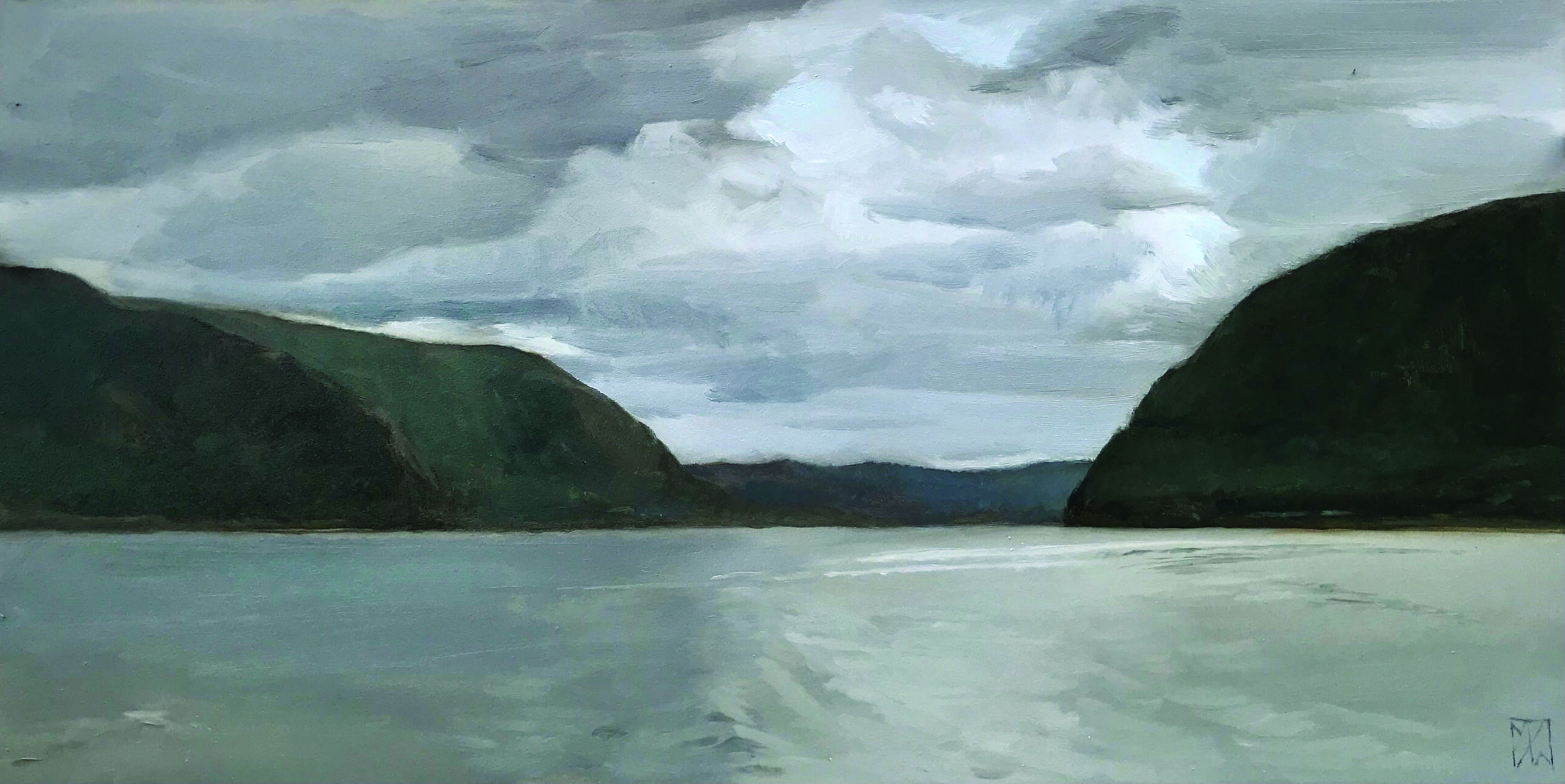
Most plein air painters who work the circuit find themselves traveling often, which is another commonality shared by dancers and plein air painters. “Yes, dance set me up to move around a lot as well,” Ward agrees. “Back when I was a dancer, I had the idea that a career in dance had a limited time frame, and that was where my passion for drawing started. In the back of my mind, I was thinking, ‘How do I pursue painting? Can I be self-taught?’ I would often draw my friends on the bus from one Nutcracker ballet to the next. It was a bit of a push-pull. In any lull in dance, I would pick up my sketchbook and experiment. I was trying to teach myself.”
Atelier Beginnings
The pandemic reduced the amount of drawing and painting from the figure Ward was able to do, along with a lot of us. But the painter seems unlikely to ever stop. When she attended the Grand Central Atelier (GCA) in New York City, she explored landscape painting and was introduced to plein air painting.
“I took a plein air class with Emilie Lee, one of the GCA instructors, in Long Island City,” she says. Lee had the participants make small color studies and graphite drawings of what they were seeing in the field, and then the students were to paint from the studies and drawings back in the studio. “We would replicate the study if nothing else,” Ward recalls. “But Lee would have us ask ourselves, ‘What gaps do I have? What did I miss?’ That helps build memory skills and a general understanding of atmosphere and light conditions, and how to observe. We were also building a language of painting by copying the masters. I was being influenced by what was around me. I would say that I wanted to copy the water in a [Anders] Zorn painting or the values in an Ivan Shishkin painting, and the instructors would say, ‘Great, spend your time doing that.’”
Ward’s ties to the GCA led to her participation in the GCA’s Hudson River Fellowship program, in which artists travel to locations where the Hudson River School painters worked and paint the same or similar scenes. She was eager to join the program when she saw the work the fellows produced on trips to the mountains of New Hampshire.
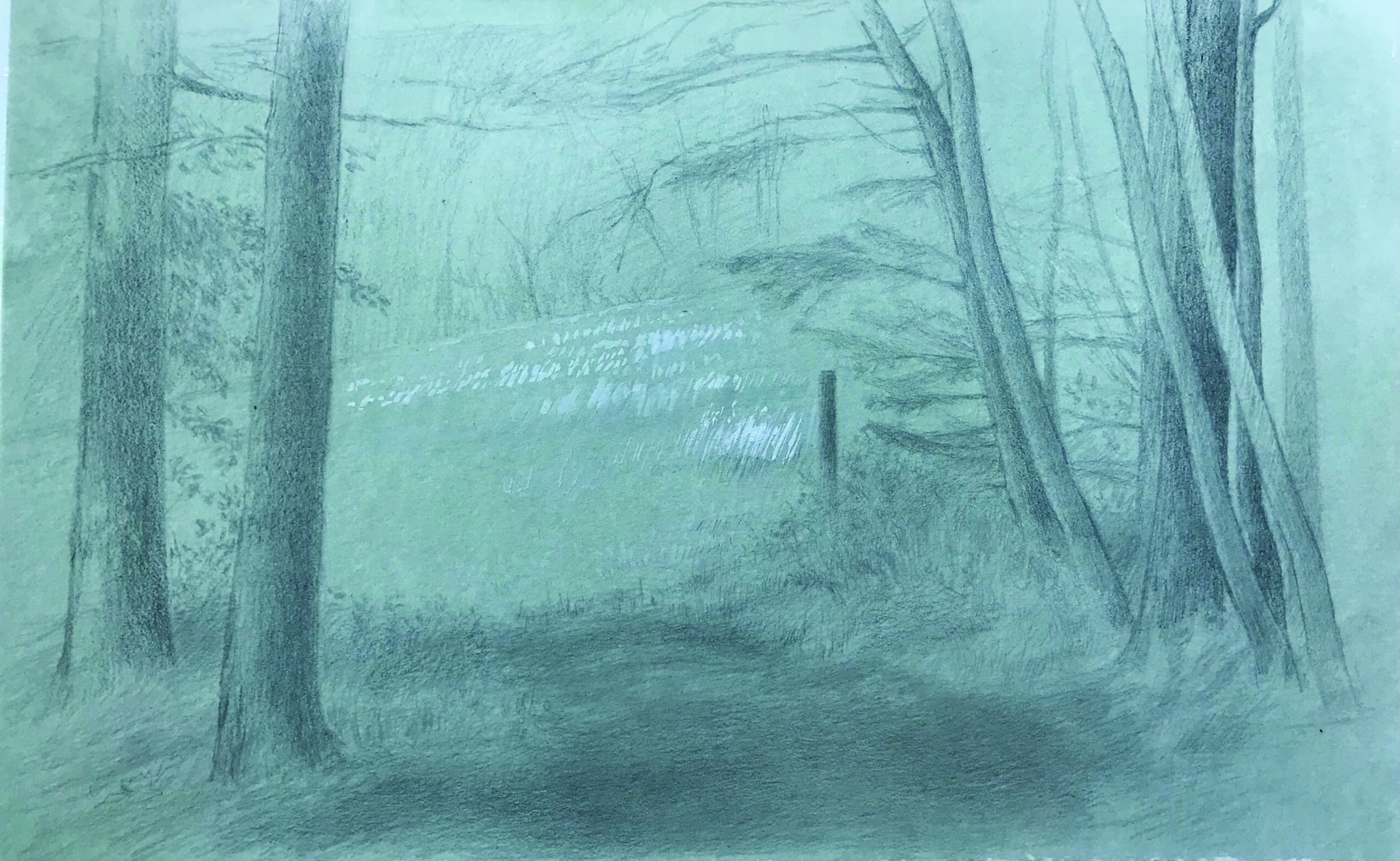
“Seeing the drawings and paintings others had done on the fellowship was incredibly inspiring,” she says. But the time at GCA also revealed to her how she could view the pace of her painting process. If Ward is preparing to paint a picture on location, she often only executes small thumbnail sketches, mostly to get a value study or notan.
“GCA taught me the process of doing an elaborate drawing, then painting, but I’ve found that with plein air I’m more interested in responding to what is happening on that particular day,” says the artist. “More elaborate preparatory drawings would be important to me if I were working up a bigger studio painting.”
Continue Reading …
An Adaptable Approach
“When I paint en plein air, I respond to the mood of a landscape,” Ward continues. “I enjoy the process of slowing down and tuning in to an experience. Cloudy and overcast weather patterns interest me. I struggle more on a pretty day, when I’d rather be having a picnic or going on a hike. Sunny days are harder to grasp in the painting process. On overcast days there’s a sense of quiet and consistency of the light. Sure, stormy or fast-moving clouds can be exciting, and in those cases I try to get big shapes or a gesture, and not chase the scene as things change with the light.
“But the studio has distinct things to offer, too. For a long time, I had difficulty dividing my time between painting outside and in the studio. I still have a hard time choosing one. There’s something about the studio that appeals to me. It’s the ability to slow down even more to observe and notice beauty, and be really patient with the process. Taking a long time is really valuable to me. But I also appreciate the skills I gained from painting with other artists who are faster and more impressionistic.”
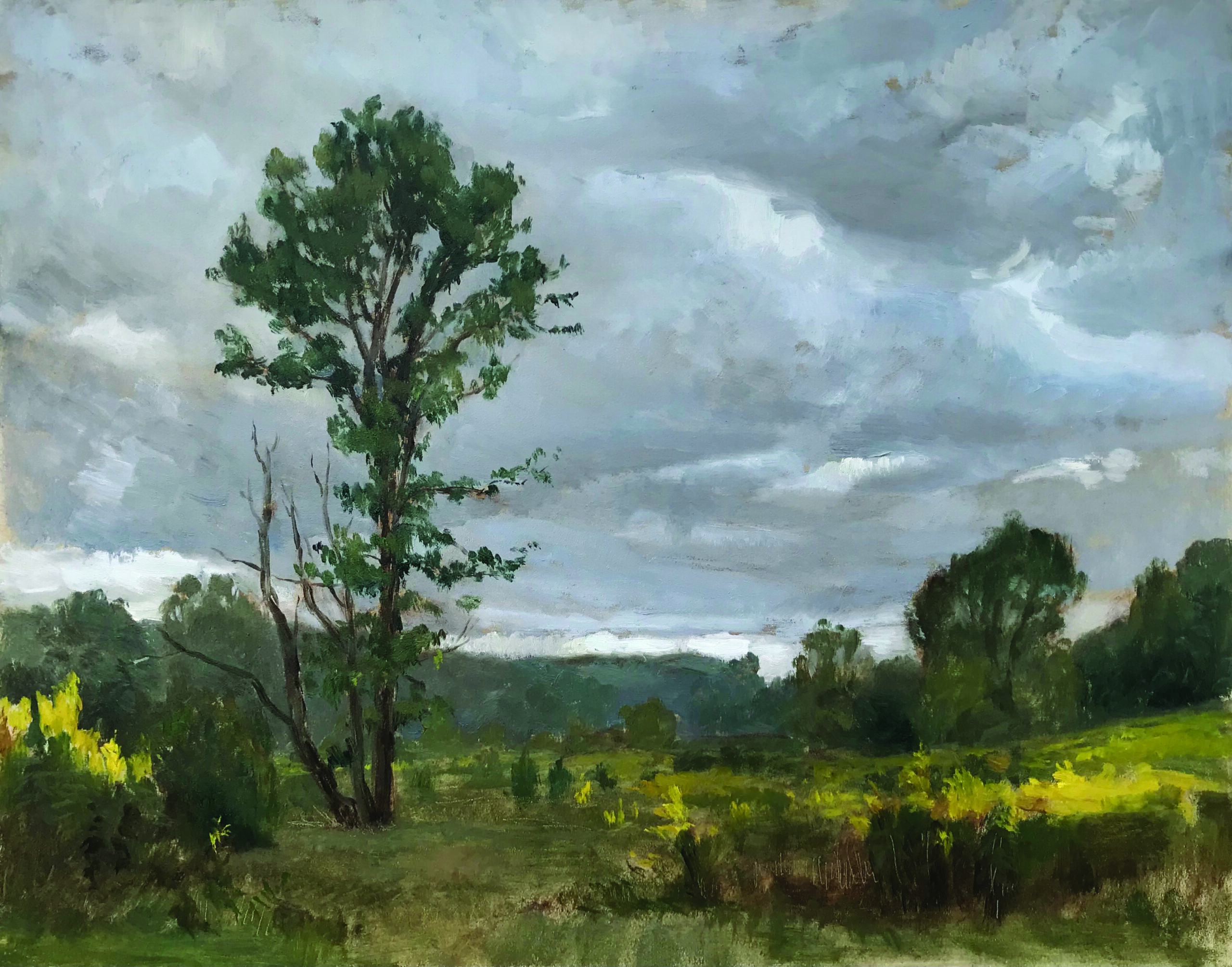
Ward doesn’t have a set process; it depends on the subject matter. Generally, she works on lightly toned canvas and wipes on some raw umber thinned with Gamsol using a rag.
“For a dark subject, like a forest interior, I may use a darker mix of raw umber and then subtract the paint with a clean rag to get the lights, then reinforce the darks with more brushed paint,” says the artist. She may leave the sky area completely untoned and white if it fits the subject. And her surfaces vary. “I’ll use an aluminum support, boards, or prepared heavy paper; I like to show that torn or deckled edge.”
She mostly uses round brushes (along with a few flats or filberts) in a range of sizes, working her way smaller as the painting develops. Her palette is fairly wide. “I like having a lot of choices, especially for landscapes,” says the artist. “For sunrises or sunsets, I go for pops of relatively high chroma. In the studio, I use more earth colors.”
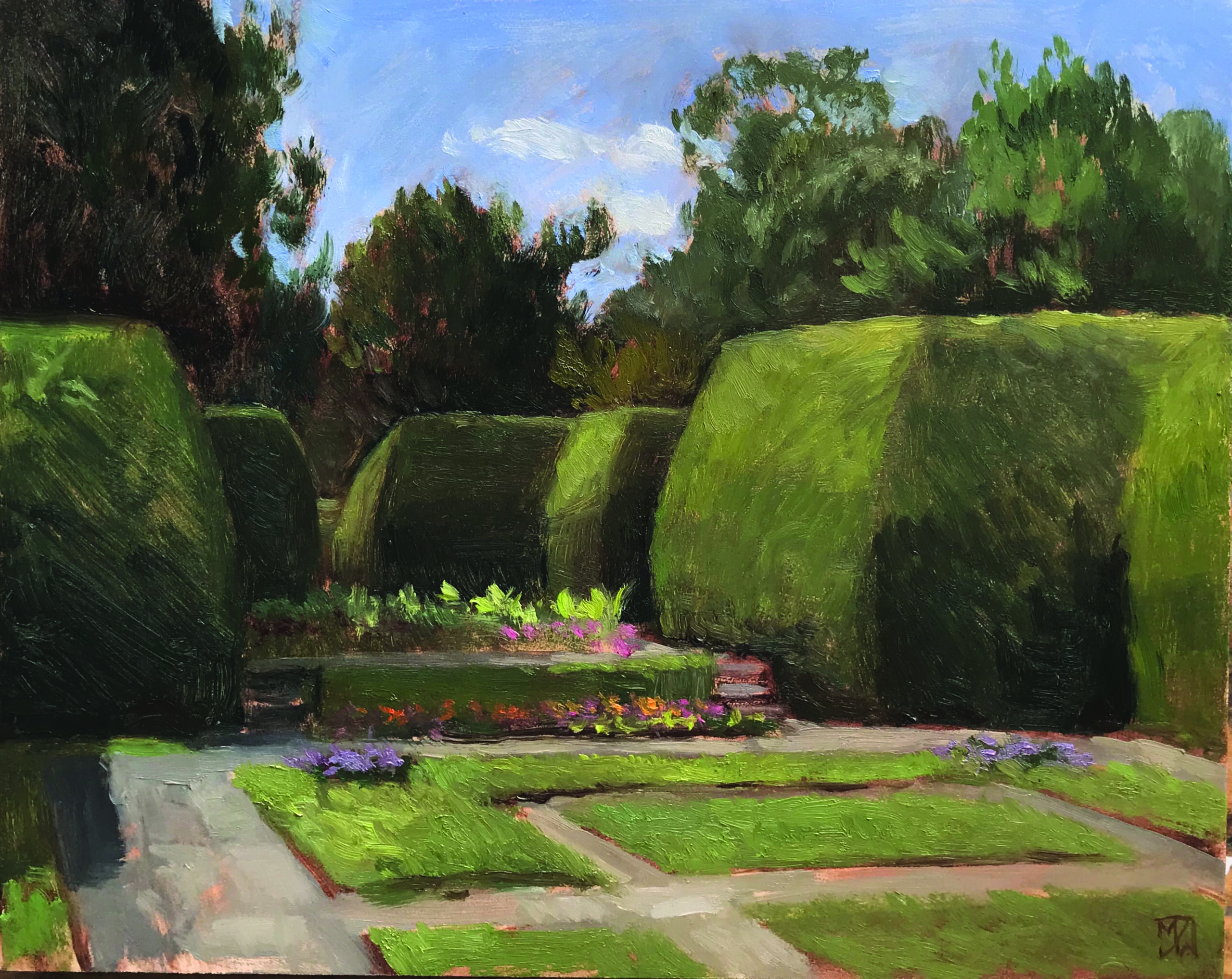
Skill and Sensitivity
Equipped with some of the best education possible in today’s art world, Ward seeks to learn more about the natural world and how to depict it in a truthful and personal way. This aspect of her personality is best seen in her drawings and paintings of intimate subjects. She thinks of each one as a still life, even if it is a tree in the garden. Each turn of a leaf, each fruit catching the light, every twig has something to say if an artist will listen. Skill and sensitivity are needed so the subject is not only presented honestly but also says something about the artist’s perception and artistic vision.
“As much as I may strive for the skills of objectivity as a technician, I also want to embrace my own presence or hand in my work, because I think the more I can really tune in to my own voice, the better the work I create will be,” Ward says. “My own experience of it will definitely be better for it. Even if my art practice is to observe the world around me, the beauty of the every day, there are still choices being made all the time. So as an artist, I am interested in sharing the things I choose to spend time with, the things I’ve been drawn to observe.”
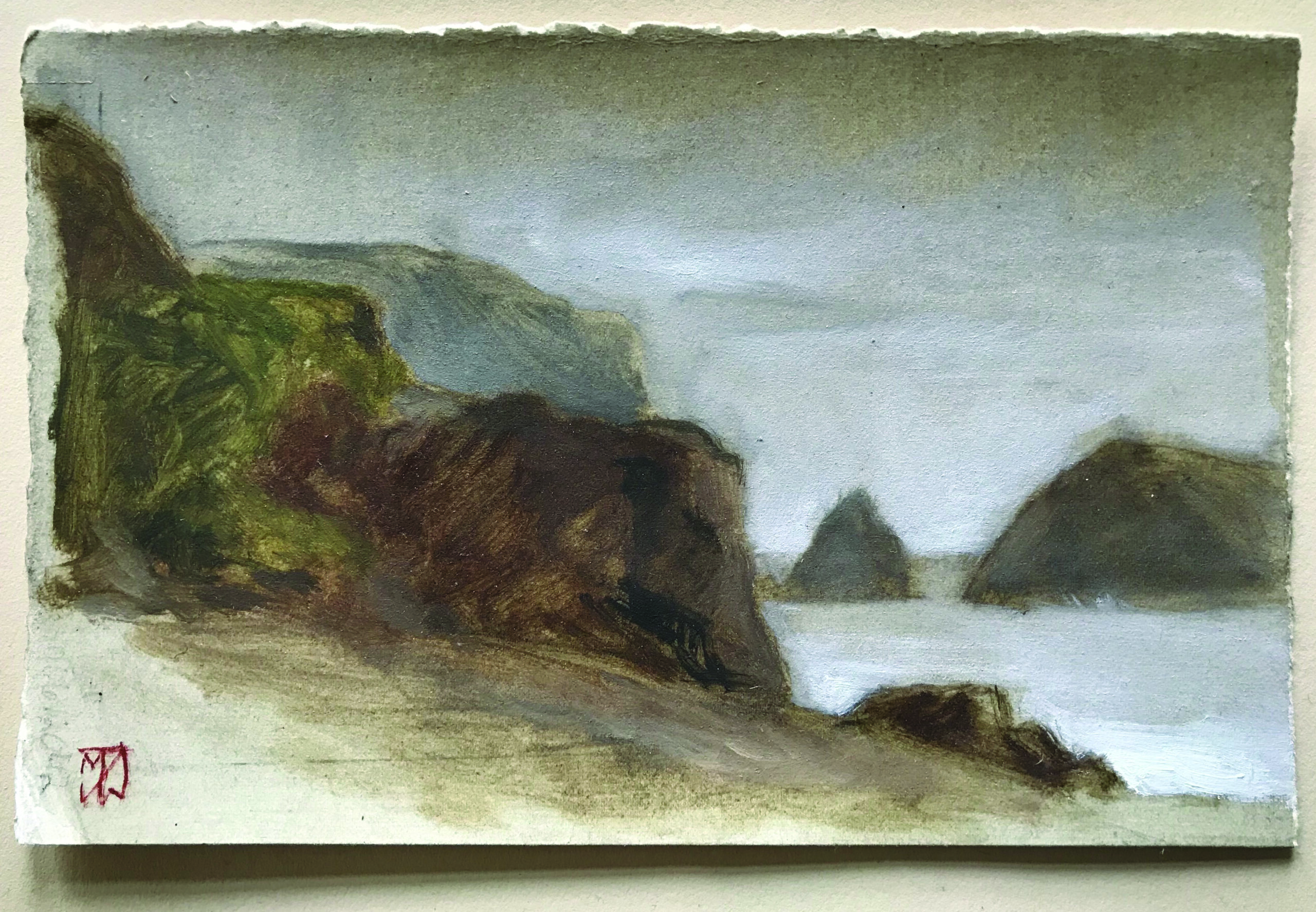
***
PleinAir™ magazine is focused on landscape paintings by historical and contemporary artists, art collections, events, and the process of creating plein air paintings. Beautifully designed with rich reproductions on high-quality paper, PleinAir features the top artists and artworks from around the world. Start your subscription here!
And browse more free articles here at OutdoorPainter.com



